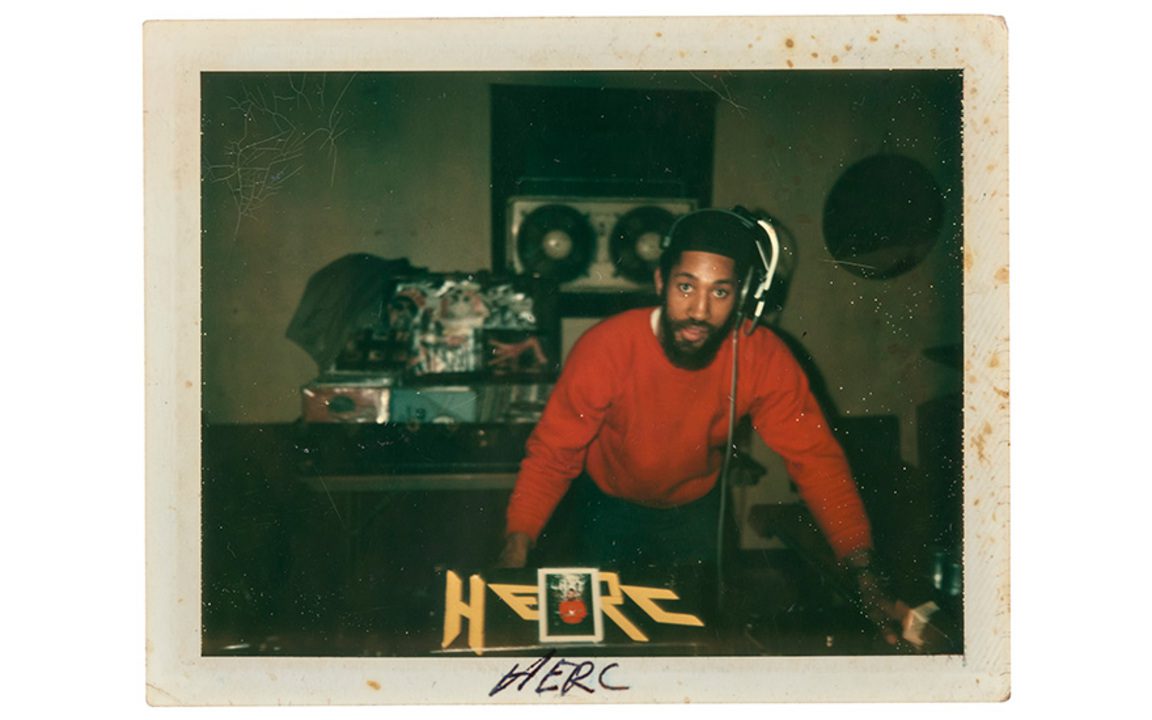
On August 11, 1973, amidst the scalding concrete and the pulsing heartbeat of the Bronx, history was quietly being made. 1520 Sedgwick Avenue might have seemed like any other address in the borough, but its rec room was about to witness the birth of a phenomenon: hip-hop.
The modest community room was far from the glamorous nightclubs and plush lounges. Humble and unassuming, its beige walls and linoleum floors stood witness to countless community events. But that day, the atmosphere was different—electric even. Word had gotten around about a back-to-school jam, and young souls began to pour in, eager for something fresh, something different.
Clive Campbell, better known as DJ Kool Herc, was the genius behind the turntables. Born in Jamaica, he brought with him a style influenced by the sound systems of his homeland. But what set Kool Herc apart was his innovative “breakbeat” technique. Instead of letting the record play out, he’d extend its instrumental break, allowing the dancers more time to showcase their moves.

In attendance were the earliest “b-boys” and “b-girls”, terms derived from the ‘break’ in breakbeat. Among them was a young Afrika Bambaataa, who would soon play a pivotal role in shaping hip-hop culture. Young men and women formed circles, competing with dance moves that would come to be known as breakdancing.
Whispers and shouts filled the air as MCs took turns grabbing the microphone, adding a rhythmic commentary to the beats, narrating tales of their surroundings, their hopes, and their struggles. This wasn’t just dancing and DJing—it was storytelling, an articulation of the urban experience.
Prior jams and discos had focused on playing a song in its entirety, prioritizing the vocals. But here, at 1520 Sedgwick Avenue, it was about the beat, the rhythm, and the raw expression. The instruments, loops, and breaks were no longer just a backdrop—they were front and center, and around them, an entire culture was forming.
News of this new musical style spread like wildfire. Neighboring boroughs began to host similar jams, and before long, hip-hop became the voice of urban New York, and eventually, the voice of an entire generation.
In retrospect, what made that day in the Bronx so different wasn’t just the music; it was the synthesis of sound, movement, and lyrical narrative that gave voice to a silenced generation. This wasn’t merely a genre being born, but a powerful medium of expression and a platform for cultural identity. From that modest rec room emerged a force that would challenge, shape, and redefine global musical landscapes. The community, the spirit, and the innovations of that fateful day in August are testament to hip-hop’s enduring and transformative power.





Leave a Reply